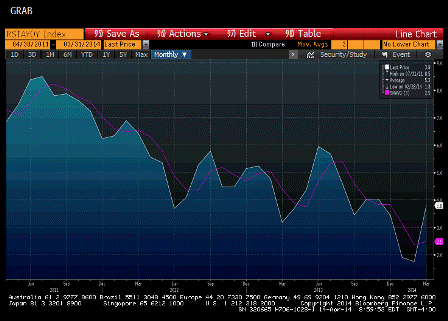Seems the fall off after the tax credit ended April 30th has yet to fully run its course:
July 7th (Reuters) —Refinancing drove total U.S. mortgage applications to a nine-month high last week, while demand for loans to purchase homes sunk to a near 13-year low as buyers remained sidelined after the expiration of federal tax credits.
Mortgage rates stuck around record lows, the Mortgage Bankers Association said on Wednesday, giving homeowners another chance to cut monthly payments by refinancing.
Refinancing requests jumped 9.2 percent in the week ended July 2 to the highest level since May 2009, lifting total applications by 6.7 percent, seasonally adjusted, to the highest level since early October 2009.
Demand for mortgages to buy homes slipped 2 percent. It was the eighth weekly drop in the nine weeks since the federal tax credits for homebuyers expired on April 30.
“For the month of June, purchase applications declined almost 15 percent relative to the prior month and were down more than 30 percent compared to April, the last month in which buyers were eligible for the tax credit,” Michael Fratantoni, MBA’s vice president of research and economics, said in a statement.
The average 30-year mortgage rate was little changed in the week ended July 2, climbing 0.01 percentage point to 4.68 percent.
The borrowing rate lingered just above the record low of 4.61 percent set in March 2009, according to the MBA’s records that date back to 1990.
Fifteen-year mortgage rates rose to 4.11 percent last week from the record low 4.06 percent set the prior week.
Refinancings accounted for 78.7 percent of all applications last week, the highest share since April 2009, the industry group said.
Tepid employment growth and a surprisingly steep slump in pending home sales kept interest rates low.
Home purchases will stay weak over the next few months as the housing market adjusts to the end of government incentives, and prices should bottom around the third quarter, said Robert Andrews, senior research analyst at IBISWorld in Santa Monica, California.
Fallout from record defaults and foreclosures are also likely to sway many younger buyers from making such a big commitment in the near term, he said.
“People in my generation, people 20 to 30 years old, saw the downside risk associated with housing, so I think there’s going to be a bit weaker demand over the next few years,” said Andrews.
Refinancing, likewise, is unlikely to approach the levels seen last year when mortgage rates were near current levels.
Borrowers who could qualify for refinancing have in most cases already refinanced, most analysts agree.




